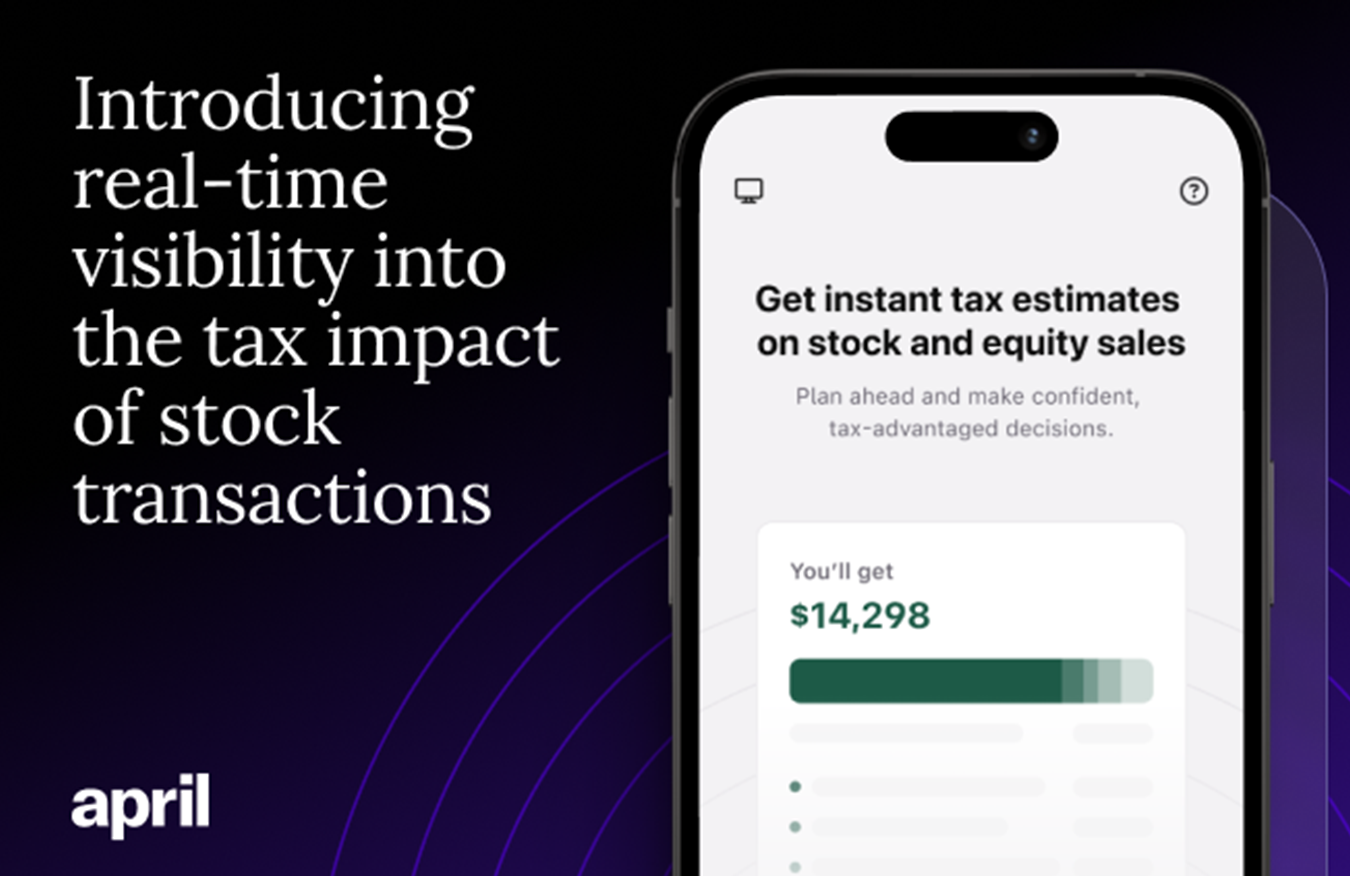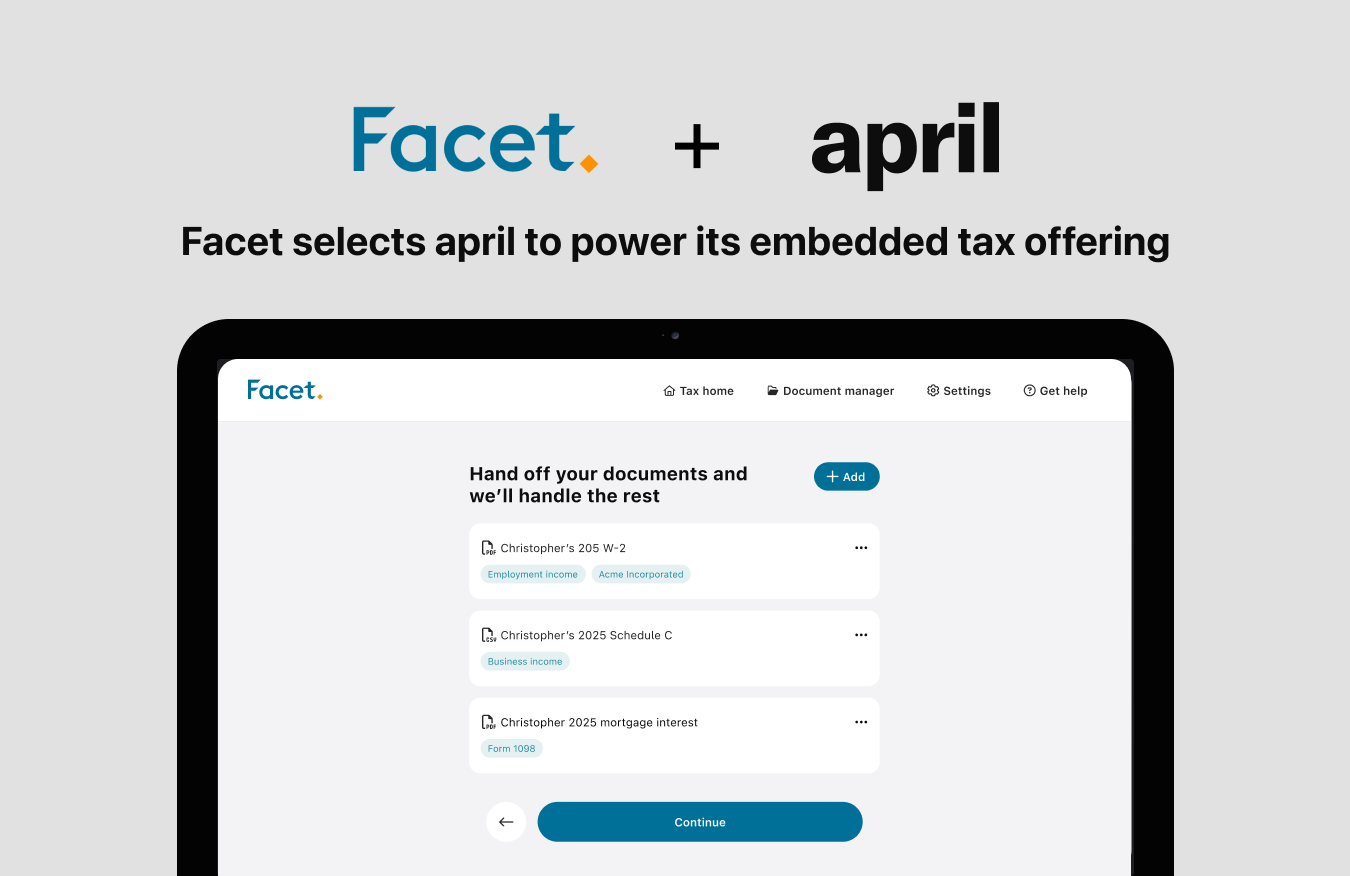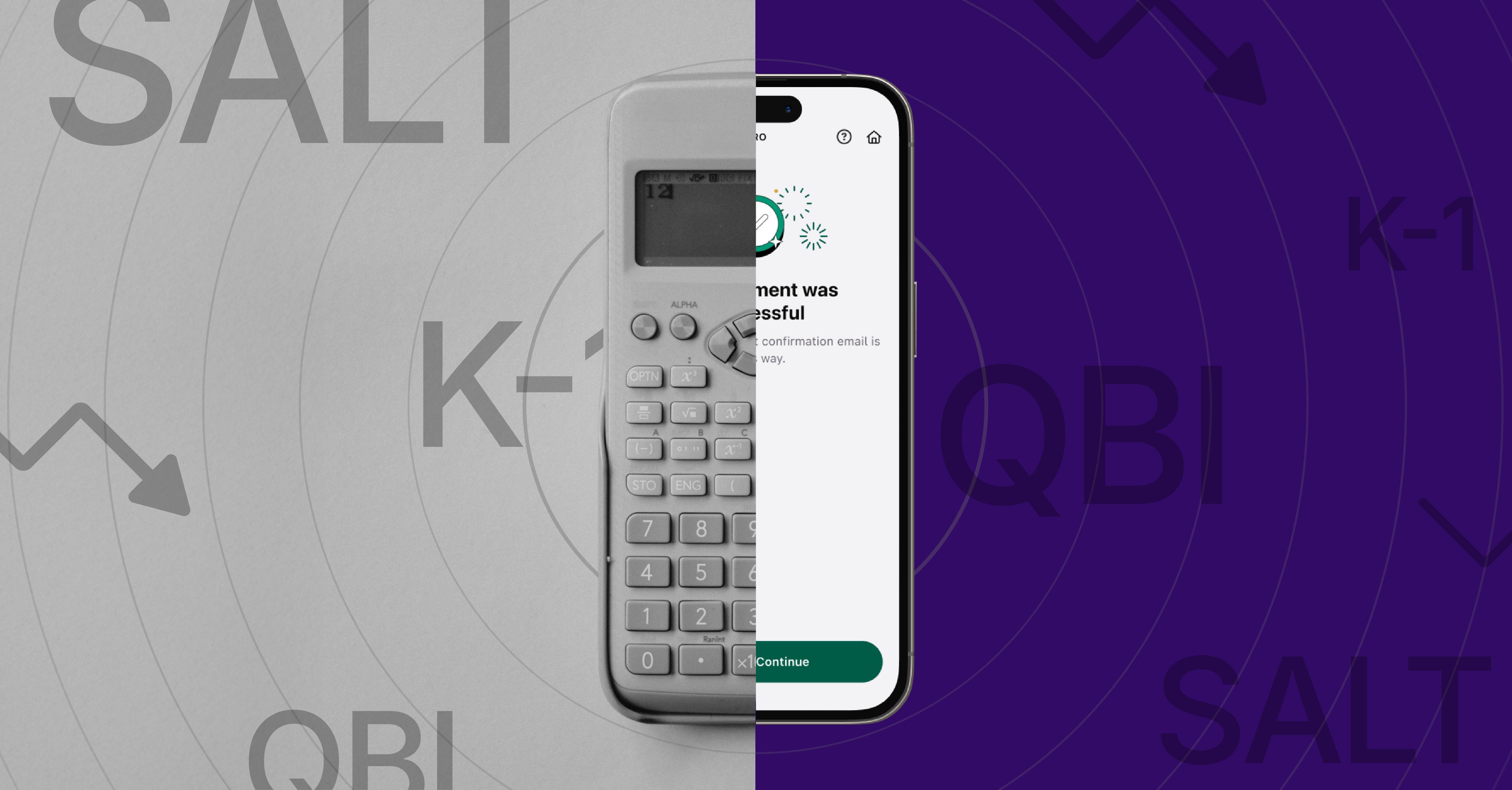Pill Text
Pill Text
Pill Text
Pill Text

Earlier this year, the Internal Revenue Service (IRS) announced the launch of its free tax filing program, Direct File, in 12 pilot states to provide American taxpayers with simple tax situations the ability to file directly with the IRS. This also offers taxpayers the ability to circumvent players like Intuit’s TurboTax, who have dominated the market for decades with well publicized lobbying power to craft policies that benefit their bottom line and increase the barriers for consumers to access affordable tax filing options.
Coupled with the fact that tax law has grown exponentially over the past decade, the development of accessible, affordable tax filing services has been stymied. This results in three out of five Americans overpaying in taxes each year, and many Americans paying private companies a not insignificant sum to conduct a mandatory compliance exercise to understand just how much they overpaid.
While it is encouraging to see this issue brought to light with a consumer-focused alternative, the government Free File program will not be the silver bullet (as promised) to solve all the problems created by an unchecked market monopoly in the tax software industry.
First, aside from intentionally launching in a limited number of states to “capture data to make improvements and decisions for the future,” Direct File launched with severe limitations. The program excludes income from self-employment, crypto, or anyone who wants to itemize certain common credits like childcare costs. As a result, many taxpayers in the 12 pilot states will be ineligible to participate. This includes roughly 1 in 5 households with a self-employed worker, or the 1 in 10 taxpayers who itemize.
When the end goal is to cover all eligible Americans, the key is having the ability to speed up time to market. We’ve already seen funding for IRS programs under threat and with this year being an election year, there is a non-zero probability that this type of multi-year technology project is in a precarious situation.
Secondly, there is evidence that Americans do not trust the government to handle calculating how much they owe. The public maintains a natural aversion when one side has a vested interest in making that number work for the government. According to a PEW research poll, fewer than 2 in 10 Americans trust the American government to do the right thing.
Lastly, the new Direct File program has not been built to leverage the data that the IRS already has on the taxpayer to-date. This is a missed opportunity as the cost to switch from existing software is not insignificant if the user is essentially starting from scratch in answering all possible questions and inputting data. This reduces the likelihood of its use even with the taxpayers that are eligible this year.
There is a better path forward that will provide relief for more Americans sooner, and that includes partnering with new entrants to the market that have been able to provide an accelerated go-to-market timeline and reduced costs for consumers, and most importantly, can do so without a vested interest in the amount taxpayers receive in their refund. Working with private companies would mean greater trust and more effective technology at a time where consumers need it the most.
These new entrants are using Large Language Models (LLMs) to turn tax analysis documents into software code, reaching a wider coverage of taxpayers in a similar amount of time to the Direct File program. They’re also integrating tax services into taxpayers’ everyday financial experiences, providing new visibility and control into how much money is being withheld (and commonly, over withheld). Investing in the deployment of more open APIs across platforms via private companies would allow for the automatic retrieval and updating of taxpayer information, significantly reducing manual entry errors, and promoting data interoperability between existing providers. This approach not only streamlines the tax filing process but also enhances the overall accuracy and efficiency of tax administration. It also ensures that tax filing doesn’t have to live on an island as a once-a-year pain point but can rather be an optimized process year-round which encompasses daily financial decision making.
While the Direct File pilot system will expectedly go through numerous iterations to ensure consistency at scale and across states, American taxpayers will continue to suffer through several more years of limited options, exorbitant fees, and disparate technology filtered through a limited group of providers.
The government doesn’t have to reinvent the wheel in developing their own tax software for filing, which could take years and billions of taxpayer dollars when new solutions and models exist on the free market today. As new entrants into the tax filing market, we’re hopeful that we can cooperate and collaborate on user-centric solutions that don’t duplicate existing functionality but provide net-new benefits to everyday Americans dealing with their taxes.
Related Content
Related Content
Related Content
Related Content
There's more where this came from













